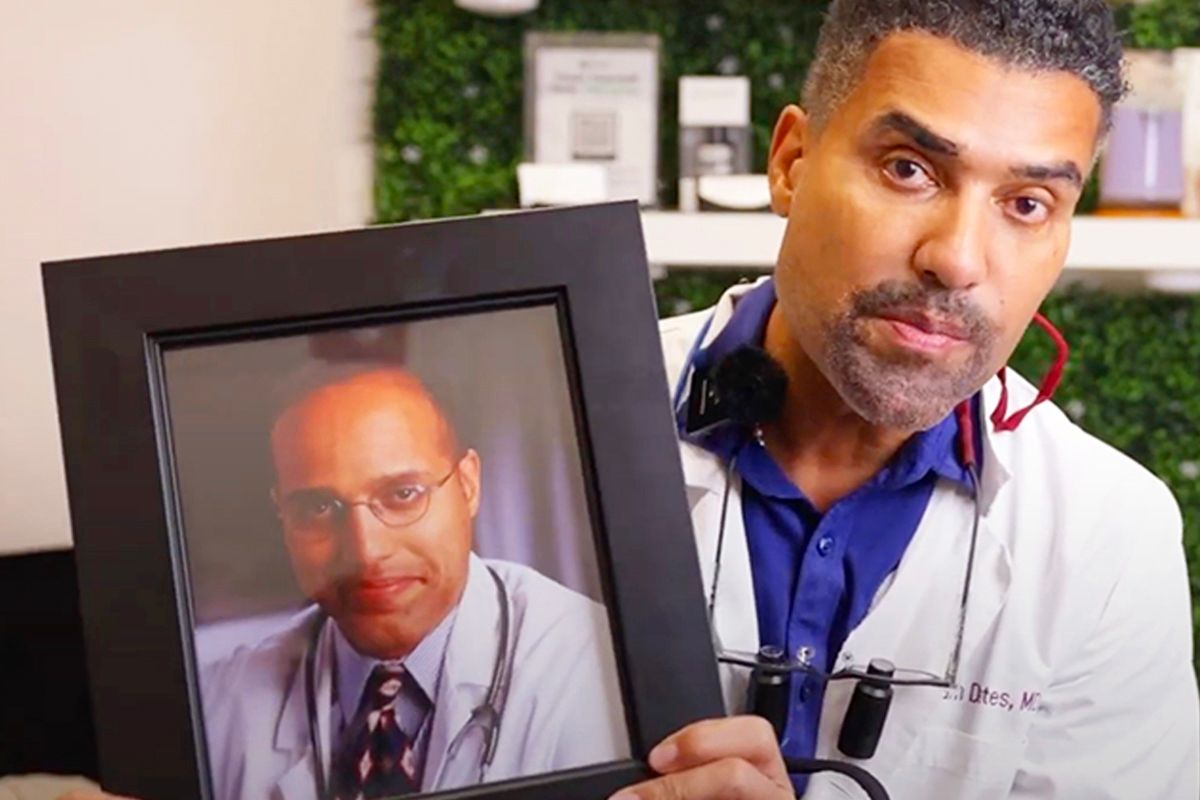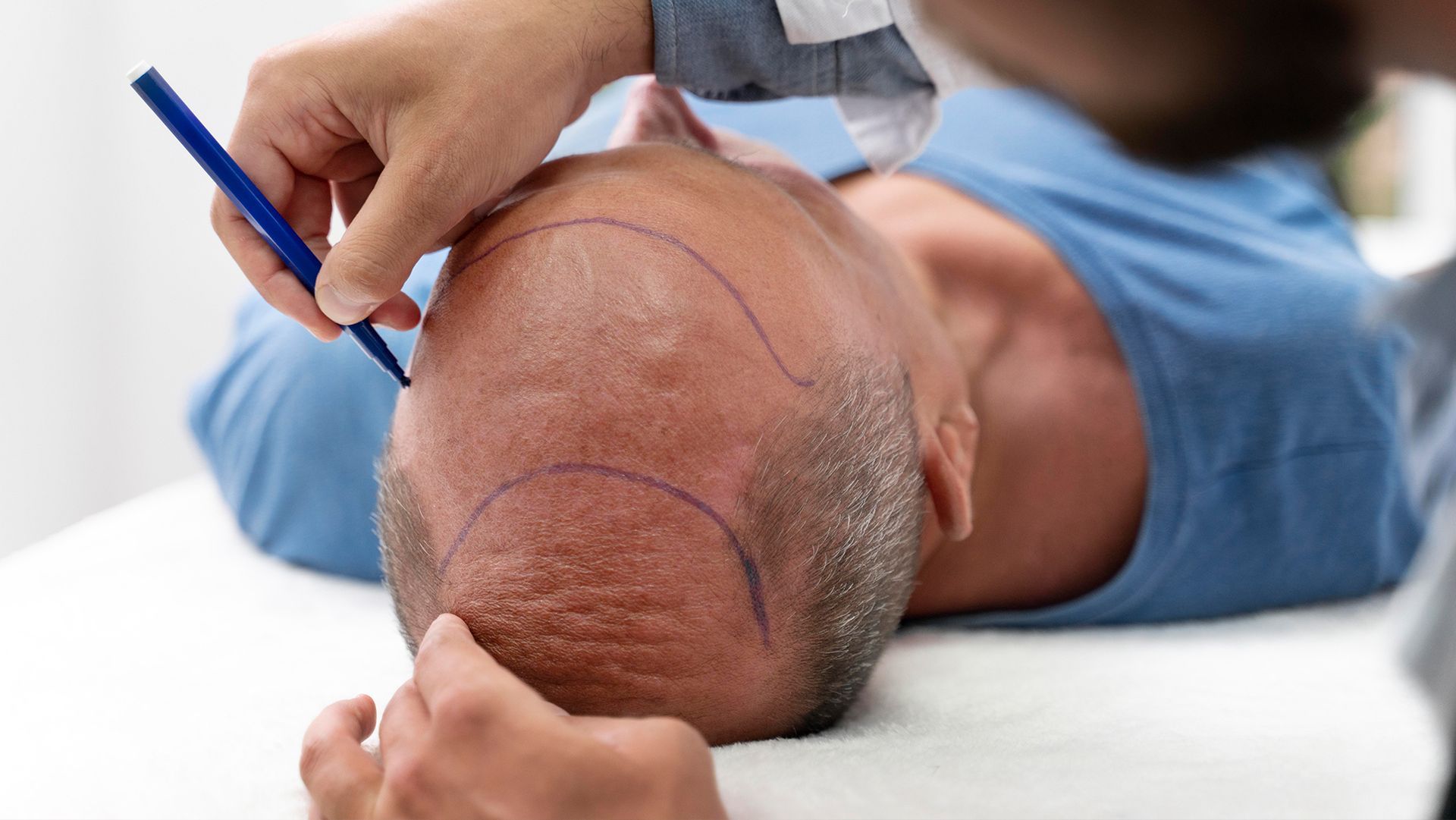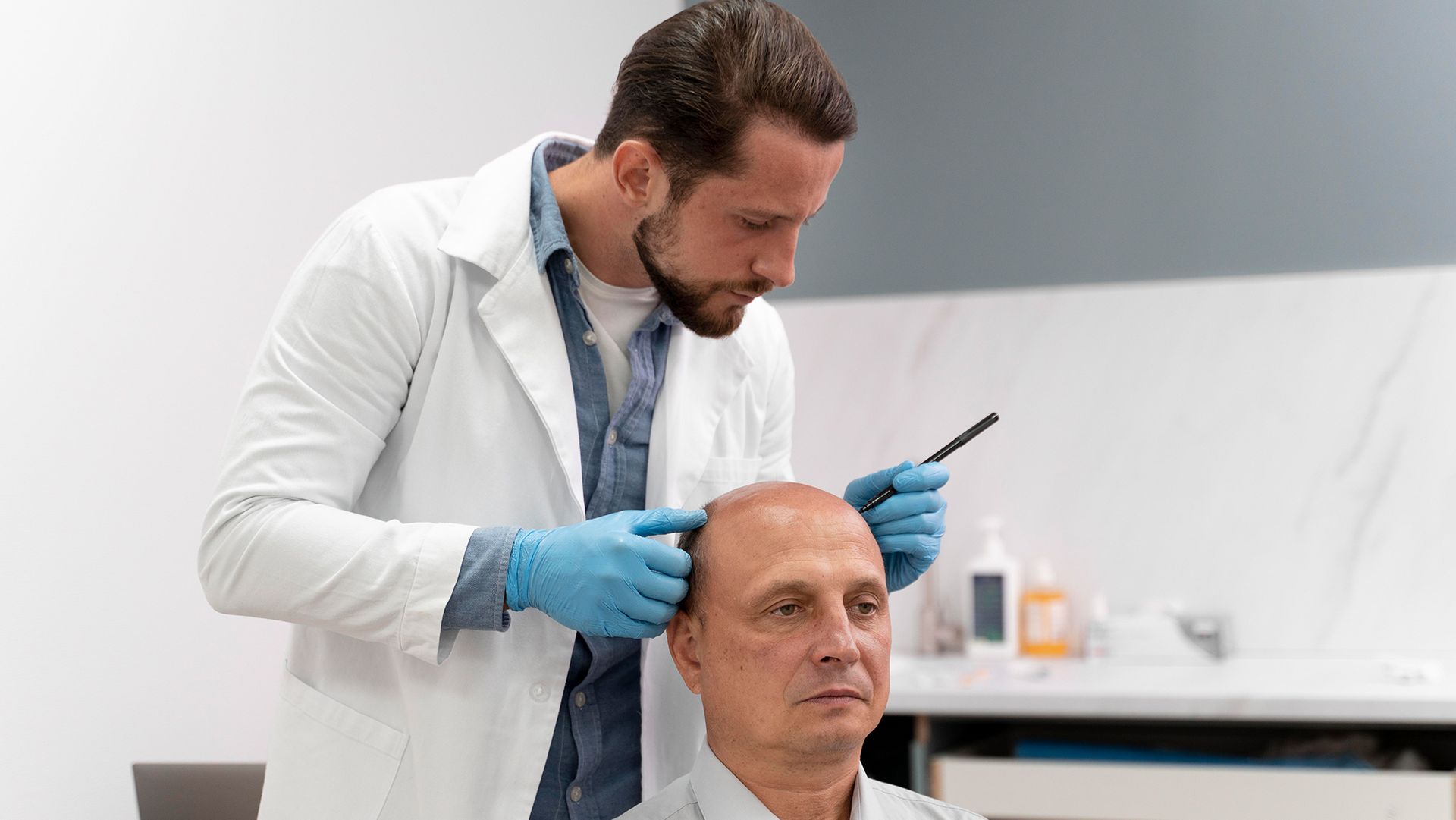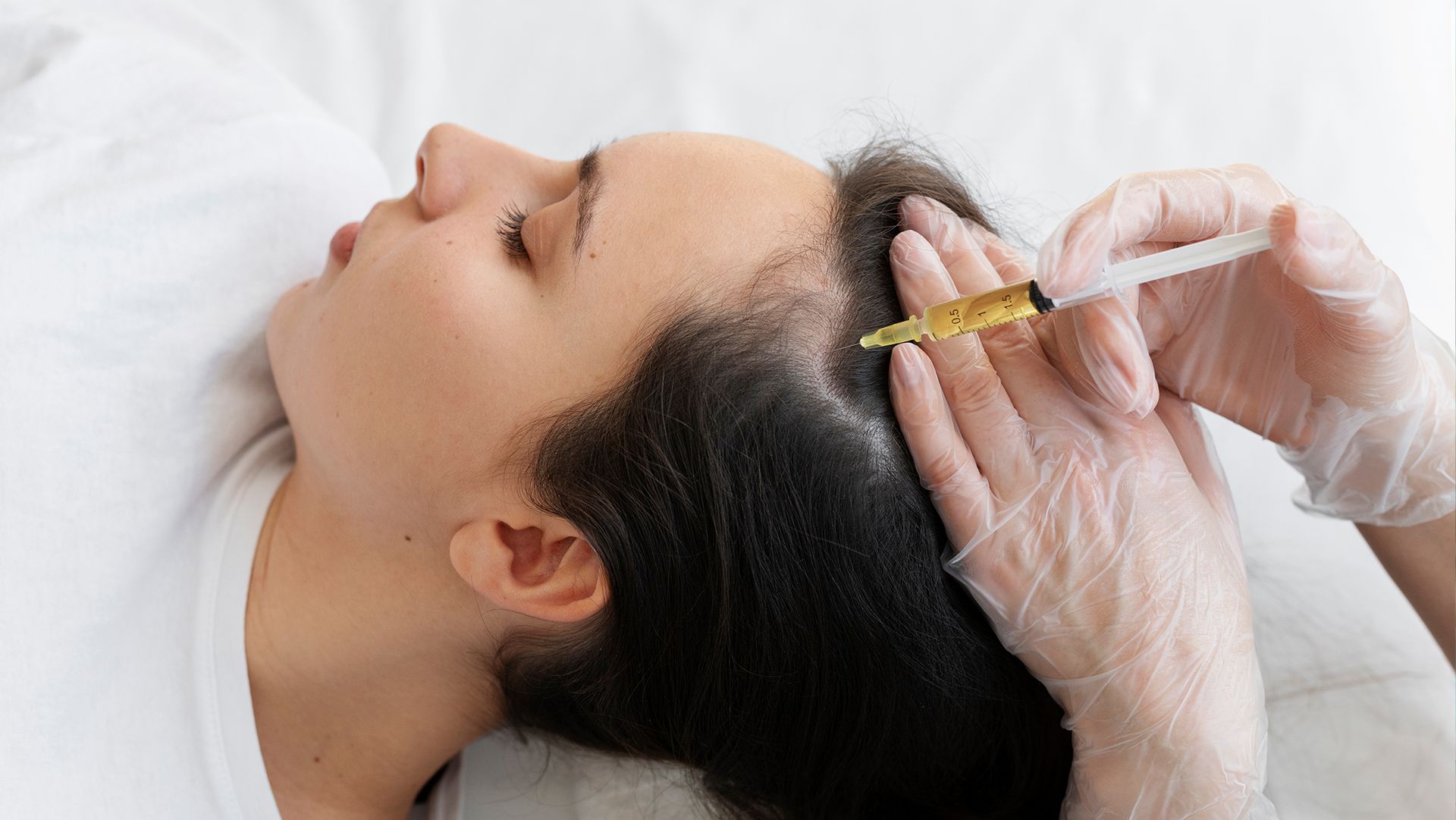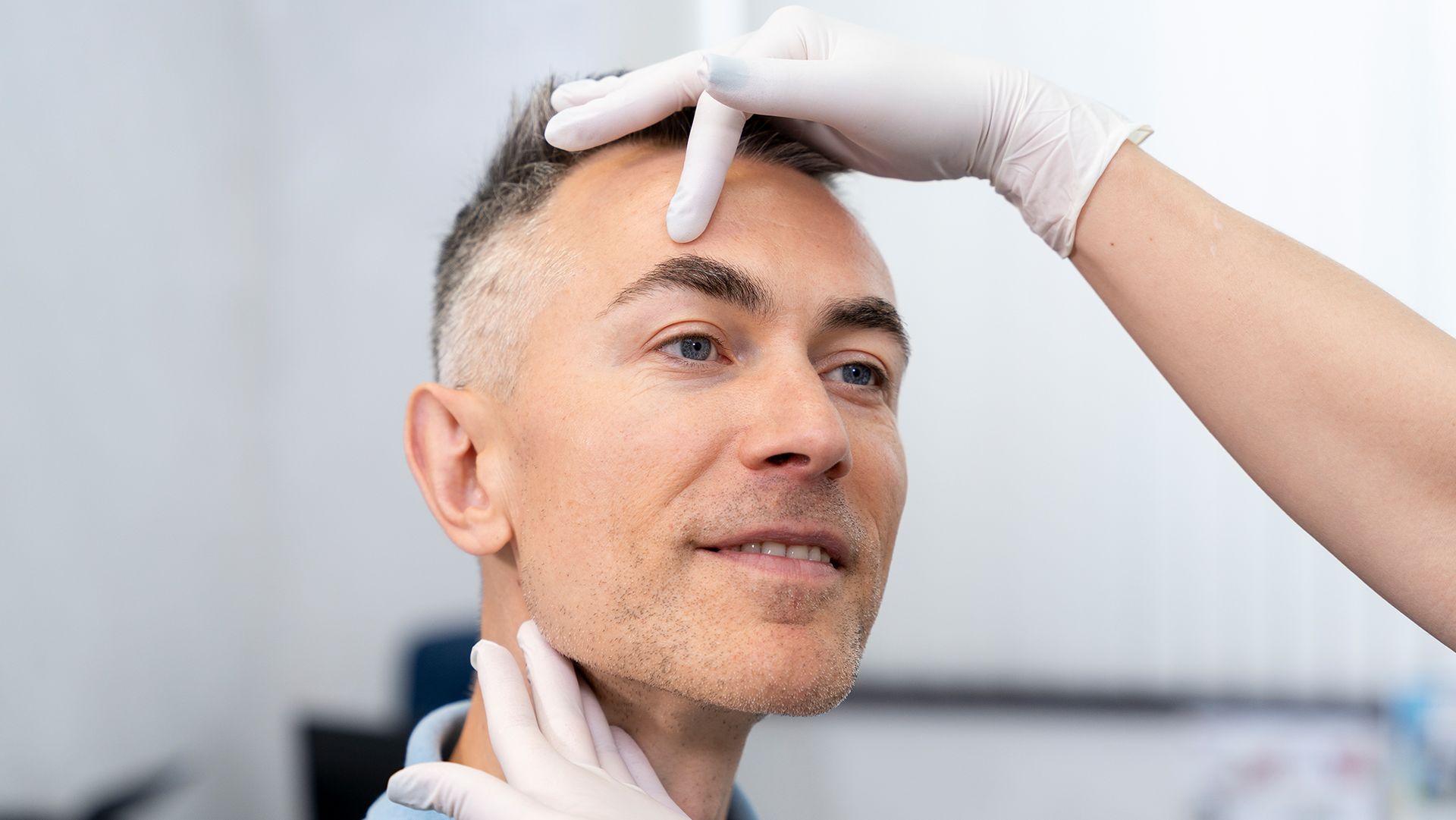Understanding the Hype: Microneedling for Hair Growth Reviews
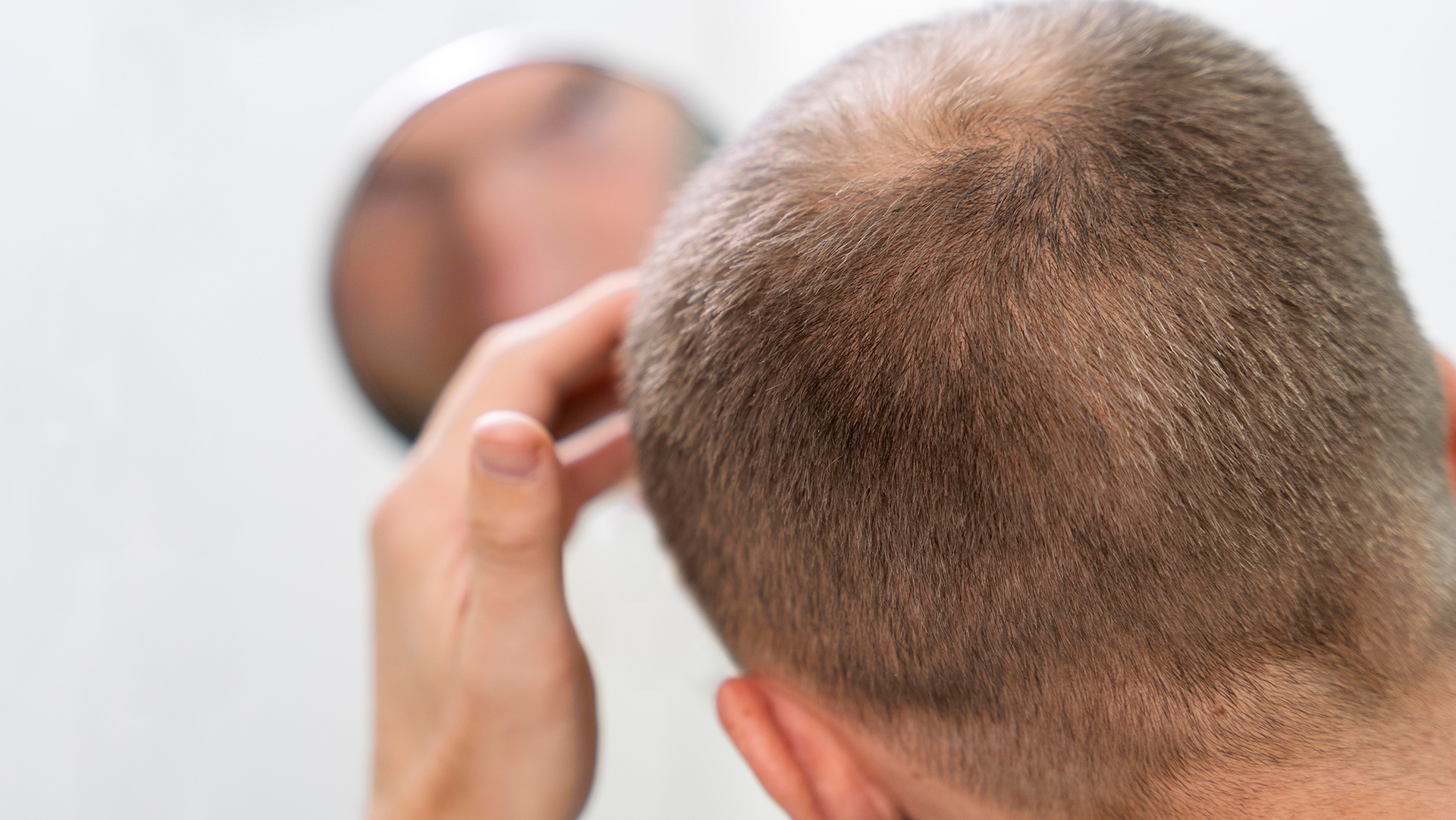
If you've been on the hunt for an effective solution to hair loss, chances are you've stumbled upon microneedling. This innovative therapy has taken the hair care industry by storm, promising significant improvements in hair growth. But is it all just a hype, or does microneedling truly deliver? Let's take a look at some microneedling for hair growth reviews and find out.
What is Microneedling?
Microneedling, also known as collagen induction therapy, involves using a device with tiny needles to create microscopic injuries on the skin. This process stimulates the body's natural wound healing process, increasing collagen and elastin production. While it's often used for skincare, recent research suggests that microneedling can also be beneficial for hair growth.
How Does Microneedling Promote Hair Growth?
The concept behind microneedling for hair growth is pretty straightforward. The tiny wounds created by the microneedles trigger the scalp's healing response. This encourages the production of growth factors that can stimulate the growth of hair follicles.
In addition, microneedling can also enhance the absorption of topical hair growth products. A study found that combining microneedling with minoxidil treatment resulted in earlier and faster hair growth than using minoxidil alone.
What Do Studies Say About Microneedling for Hair Growth?
A systematic review and meta-analysis of several studies found that microneedling can indeed improve hair growth in patients with androgenetic alopecia. Another review found that microneedling, when used in conjunction with other treatments like platelet-rich plasma (PRP) or minoxidil, resulted in significant hair regrowth.
Moreover, microneedling has been found to be a safe treatment option. Most studies reported no adverse effects, and any side effects that were reported were minor and temporary.
Real Microneedling for Hair Growth Reviews
Now, let's look at some real-world experiences. People who have tried microneedling for hair growth generally report positive results. Many noticed new hair growth after several weeks of treatment, and some even reported thicker, fuller hair.
It's worth noting, however, that results can vary from person to person. Factors such as the severity of hair loss, the size of the microneedles used, and the frequency of treatment can all affect the outcome.
Microneedling at Home vs. Professional Treatment
Microneedling can be done at home or by a professional. Treatments administered at home can be cost-effective and handy, however, their efficacy may not match up to those performed by professionals. Professional treatments, on the other hand, can provide better results but are more expensive and time-consuming.
If you're new to microneedling, it might be best to start with a professional treatment. A trained professional can show you the correct technique and ensure that the treatment is safe and effective. Once you're comfortable with the process, you can consider doing it at home.
Remember, microneedling involves creating tiny wounds on your scalp, so it's crucial to follow proper hygiene practices. Always clean your device thoroughly before and after each use to avoid infections.
Combining Microneedling with Other Hair Growth Treatments
One of the benefits of microneedling is that it can enhance the effectiveness of other hair growth treatments. For instance, applying a topical treatment like minoxidil or a natural hair growth serum after microneedling can help the product penetrate deeper into the scalp, improving its effectiveness.
When combining microneedling with other treatments, it's important to consult a healthcare professional or a hair loss expert. They can provide guidance on the best combination of treatments for your specific needs and ensure that the treatments are safe and effective.
What To Expect During and After Microneedling Treatment
Being aware of what the microneedling procedure entails can assist you in making the necessary preparations. During the treatment, you may feel a slight pricking sensation. However, most people find the procedure tolerable. If you're concerned about discomfort, applying a numbing cream before the procedure can help.
Immediately after the treatment, your scalp may appear red and feel slightly tender, similar to a mild sunburn. These side effects typically subside within a few hours to a couple of days. It's advisable to avoid sun exposure and harsh hair products during this time.
As for the results, patience is key. Hair growth takes time, so it may take several weeks to months before you start seeing improvements. Regular treatments (every 4-6 weeks) are usually recommended for optimal results.
Taking Care of Your Hair Post-Microneedling
After a microneedling session, it's crucial to take good care of your scalp to maximize the benefits and ensure a smooth recovery. Here are some tips:
- Keep your scalp clean: It's important to keep your scalp clean to prevent infection. Wait at least 24 hours after treatment before washing your hair. When you do wash, use a mild shampoo and avoid scrubbing the treated area.
- Avoid harsh products: Your scalp will be more sensitive after microneedling. Avoid using hair products with harsh chemicals, as they can irritate the scalp. Instead, opt for natural, gentle products.
- Protect your scalp from the sun: The treated area will be more susceptible to sun damage. If you need to go outside, wear a hat or apply a scalp sunscreen to protect your skin.
- Stay hydrated and eat a balanced diet: Maintaining proper fluid intake and a nutritious diet is essential for the recovery process. Consuming an adequate amount of water and following a well-rounded diet filled with proteins, vitamins, and minerals can significantly contribute to fostering hair growth.
By adhering to these post-microneedling care tips—keeping your scalp clean, avoiding harsh products, protecting your scalp from the sun, and maintaining proper hydration and nutrition—you can enhance the effectiveness of the treatment and pave the way for healthier, stronger hair growth.
Invest in Your Hair with Dr. William Yates
If you're looking for a comprehensive approach to hair loss, look no further than Dr. William Yates. As a leading hair restoration expert, Dr. Yates offers a range of treatments that combine the best of science and nature. From advanced procedures like microneedling and PRP therapy to natural hair growth supplements, Dr. Yates has got you covered. Visit his website today for more information and start your journey towards healthier, fuller hair.
The Final Verdict on Microneedling for Hair Growth
Based on multiple studies and numerous microneedling for hair growth reviews, it's safe to say that microneedling is a promising treatment for hair loss. It's a relatively safe and affordable option that can be done at home or by a professional. Moreover, it can enhance the effectiveness of other hair growth treatments.
Microneedling for hair growth is a promising treatment that's backed by scientific evidence and positive real-world reviews. It's a versatile therapy that can be combined with other treatments and can be done at home or by a professional.
However, it's not a magic bullet for hair loss. It's just one piece of the puzzle. A comprehensive approach that includes a healthy diet, regular exercise, stress management, and appropriate hair care practices is key to promoting hair growth and maintaining a healthy scalp.
If you're considering microneedling for hair growth, consult with a hair loss expert to determine if it's right for you. They can guide you through the process, answer any questions you may have, and help you develop a personalized treatment plan.
Microneedling could be the solution you've been looking for to reclaim your confidence and enjoy thicker, fuller hair.
tudies Saybout Micro Studies Say About Microneedling for Hair Grow
